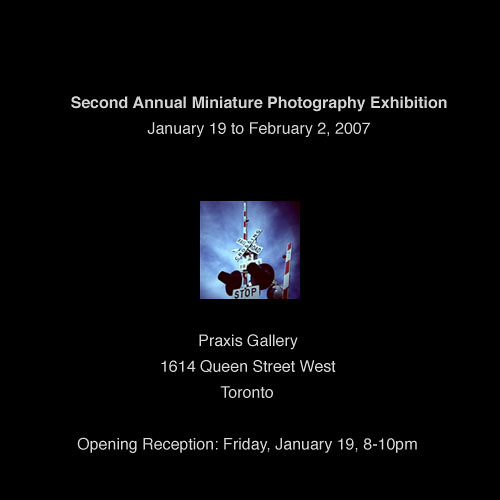Master of nature abstracts (and all-around photographic badass) Laura A. Watt is having another show! It runs 15 Jan – 26 Feb, 2007, at the new gallery space at Black and Blue Tattoo, 381 Guerrero (at 16th), San Fransisco, CA, US. The shop is open 12–7 every day.
If you’re in the area, come to the opening reception Sunday, 21 Jan, 6:30–9:30pm. If you’re not, check out the online preview of the work being shown.

